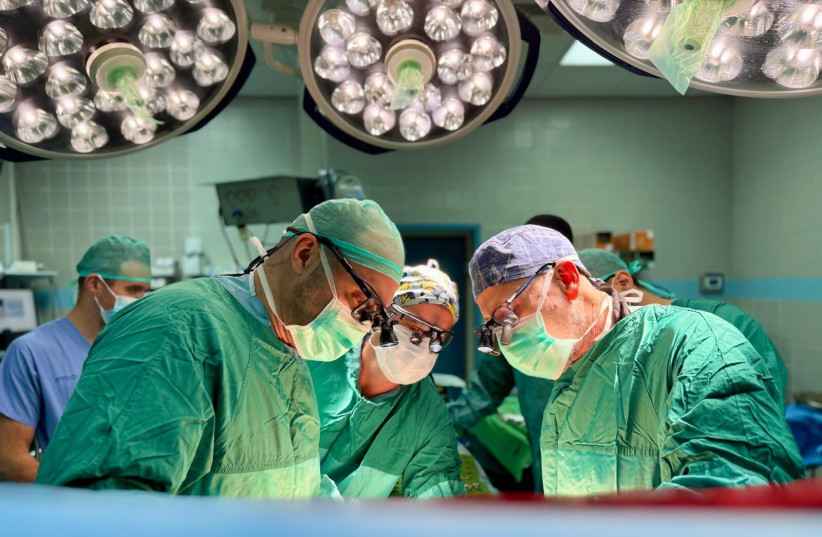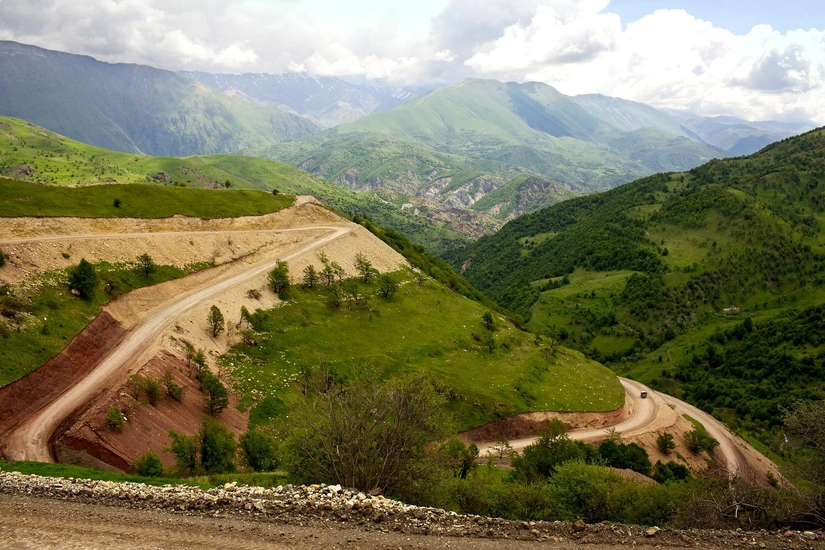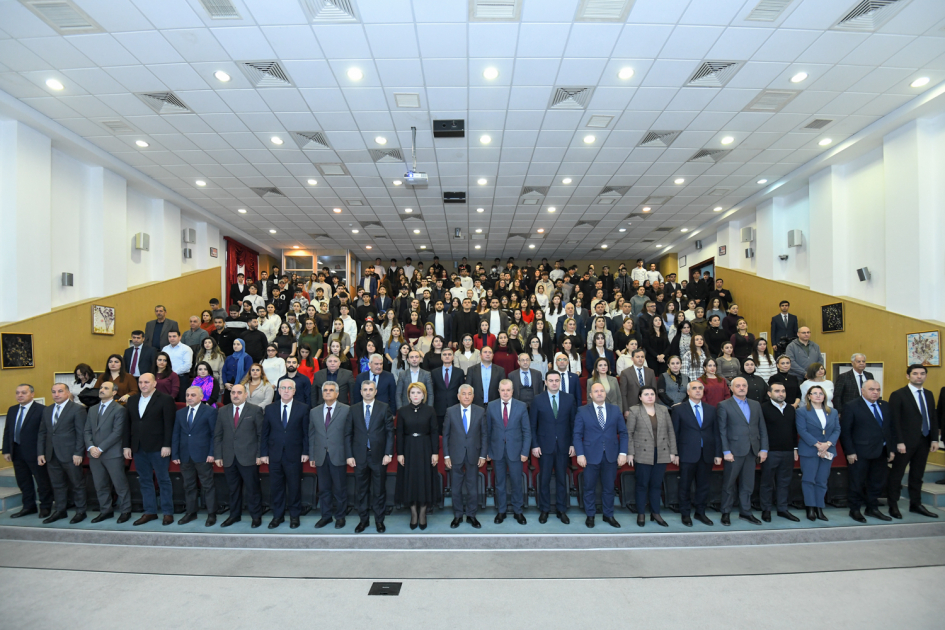China's Chang'e-6 touched down on the far side of the moon on Sunday morning, and will collect samples from this rarely explored terrain for the first time in human history, Xinhua reports citing the China National Space Administration (CNSA).
Supported by the Queqiao-2 relay satellite, the lander-ascender combination of the Chang'e-6 probe successfully landed at the designated landing area at 6:23 a.m. (Beijing Time) in the South Pole-Aitken (SPA) Basin.
Chang'e-6 consists of an orbiter, a returner, a lander and an ascender. Since its launch on May 3 this year, it has gone through various stages such as Earth-moon transfer, near-moon braking, lunar orbiting and landing descent. The lander-ascender combination separated from the orbiter-returner combination on May 30, said the CNSA.
The lander-ascender combination began the powered descent at 6:09 a.m. The main engine with variable thrust was ignited, and the combination quickly adjusted its attitude and gradually approached the lunar surface.
During the descent, an autonomous visual obstacle avoidance system was used to automatically detect obstacles, with a visible light camera selecting a comparatively safe landing area based on the brightness and darkness of the lunar surface.
The combination then hovered about 100 meters above the safe landing area and used a laser 3D scanner to detect obstacles on the lunar surface to select the final landing site before a slow vertical descent. As the combination approached the lunar surface, it shut down the engine and touched down via free fall, protected by a cushioning system.
The Chang'e-6 mission is tasked with collecting and returning samples from the moon's far side, the first endeavor of its kind in the history of human lunar exploration.
It has achieved a breakthrough in the design and control technology of the lunar retrograde orbit and aims to realize key technologies of intelligent and rapid sampling, as well as takeoff and ascent from the far side of the moon.
According to Li Chunlai, deputy chief designer of the Chang'e-6 mission, the probe landed precisely at the designated area. This area is likely to be covered with a lot of basalt, which is very beneficial for geological research and can deliver significant scientific value.
The landing site is at an impact crater known as the Apollo Basin, located within the SPA Basin. The choice was made for the Apollo Basin's potential value of scientific exploration, as well as the conditions of the landing area, including communication and telemetry conditions and the flatness of the terrain, said Huang Hao, a space expert from the China Aerospace Science and Technology Corporation (CASC).
The colossal SPA Basin was formed by a celestial collision over 4 billion years ago and has a diameter of 2,500 kilometers, equivalent to the distance from Beijing to Hainan, and a depth of about 13 kilometers. It is the oldest and largest impact crater on the moon and in the solar system, and it may provide the earliest information available about the moon, according to scientists.
The huge impact of the celestial collision that formed the SPA Basin may have ejected materials from the depths of the moon. If such materials can be collected and returned to Earth for study, they would provide new insights into both the early impact history of the solar system and the geological evolution of the moon.
The lander is equipped with multiple sensors, including microwave, laser and optical imaging sensors which can measure distance and speed, and identify obstacles on the lunar surface, Huang said.
To prevent interference to optical sensors by lunar dust during landing, the lander is also equipped with gamma-ray sensors to accurately measure the height through particle rays, ensuring that the engine can be shut down on time and the lander can touch down smoothly on the lunar surface, he added.
At the same time, the landing legs play their role as buffers, absorbing the impact energy of landing and ensuring the safety of the equipment on the lander.


.jpg)
















